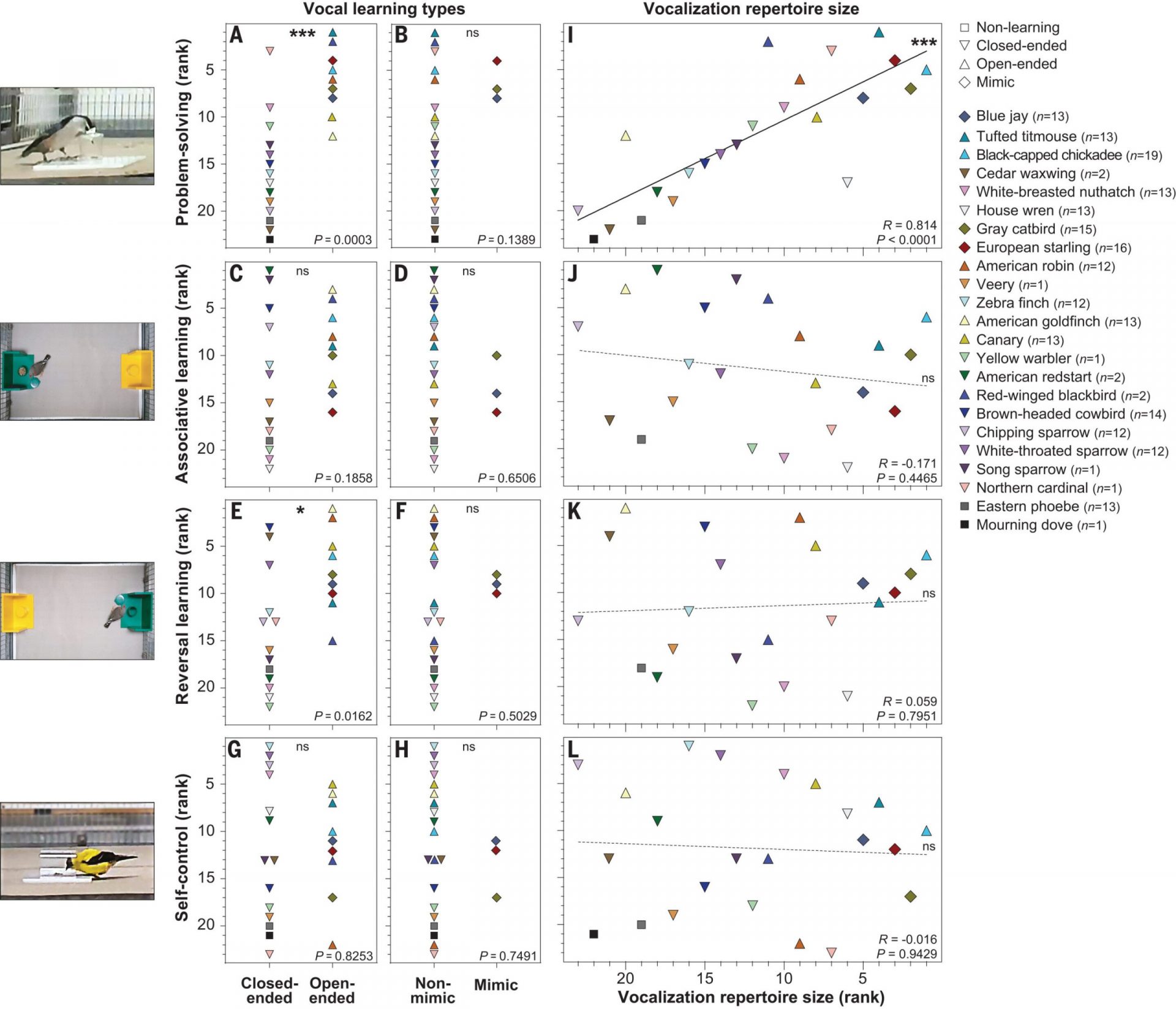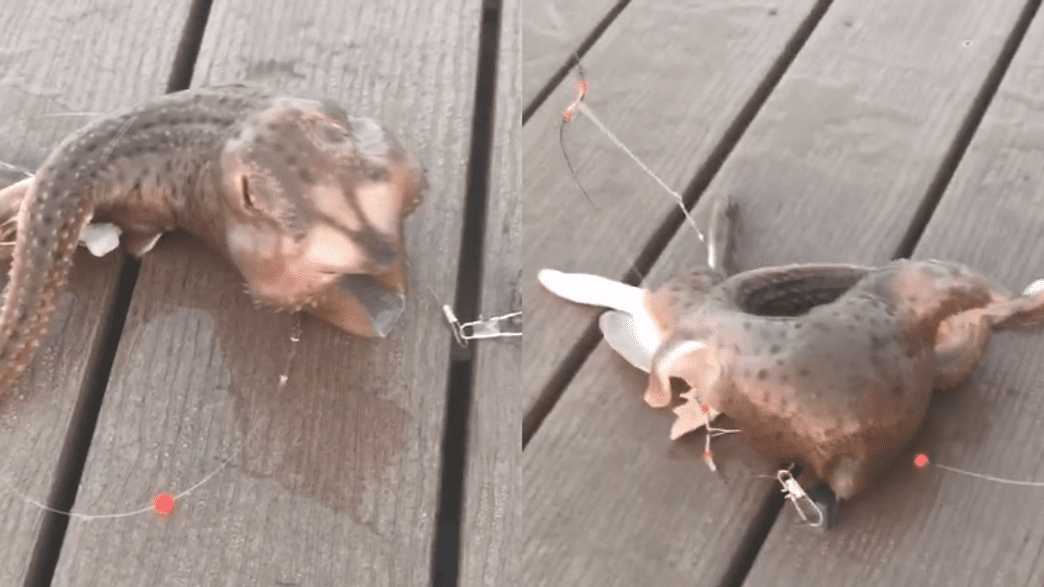The European starling is not just a talented singer, but also a superior problem solver. A recent study published in Science has revealed that starlings, along with other complex vocal learners, possess impressive cognitive abilities. This challenges the long-standing hypothesis that only highly intelligent animals are capable of complex vocal learning.
Only a select few animal groups, including humans, elephants, whales, seals, bats, songbirds, parrots, and hummingbirds, have the ability to learn and retain a large number of sounds. The Jarvis lab at The Rockefeller University has focused on studying songbirds and has ranked their vocal learning complexity based on three metrics: repertoire size, ability to learn new songs throughout life, and mimicry of other species.
To investigate the link between vocal learning and cognitive abilities in songbirds, researchers spent three years capturing wild birds from various species in New York’s Hudson Valley. They conducted cognitive tests on 214 birds from 23 species, including both wild-caught and lab-raised birds. The tests assessed problem-solving skills, self-control, color association, and adaptability.
The results showed a strong correlation between problem-solving abilities and vocal learning capabilities. Starlings, blue jays, and gray catbirds emerged as the frontrunners in both categories. These birds not only excelled at mimicking other species but also demonstrated exceptional problem-solving skills. Interestingly, there was no association between vocal learning complexity and the other cognitive tests.
The researchers also discovered that advanced vocal learners and problem solvers had larger brains relative to their body sizes. This suggests a potential biological basis for their abilities. The next step for the researchers is to examine the brains of these complex species to understand the specific regions responsible for problem solving.
These findings support the idea that vocal learning, problem solving, and brain size may have evolved together to enhance biological fitness. Based on these results, the collection of traits including vocal learning, problem solving, and rhythmic beat dancing has been coined the “vocal learning cognitive complex” by Jarvis.
Overall, this study sheds light on the remarkable cognitive abilities of starlings and other complex vocal learners. It challenges our understanding of intelligence and suggests that the evolution of spoken language may be associated with the co-evolution of other complex behaviors.








